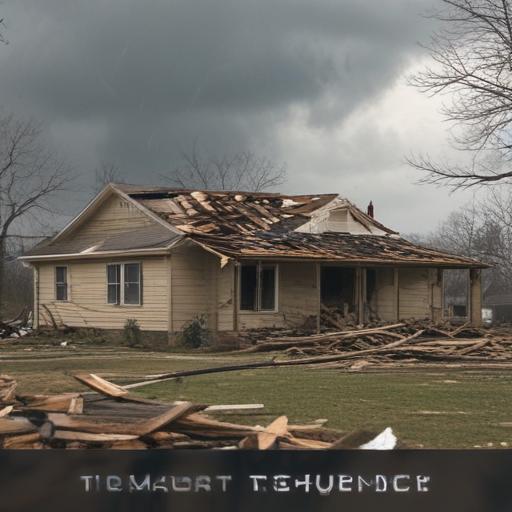On May 13, 1980, Kalamazoo, Michigan, experienced one of the most devastating events in its history when an F3 tornado struck the heart of downtown. With an 11-mile path of destruction, this catastrophic storm has remained a vivid reminder of the city’s resilience and vulnerability to severe weather.
The tornado, which is deemed the worst disaster in Kalamazoo’s recorded history, took the lives of five individuals and left approximately 1,200 people homeless. The destruction affected various areas including residential neighborhoods, commercial buildings, a cemetery, and an elementary school. Notably, the Kalamazoo Mall also sustained significant damage during the storm, highlighting the tornado’s indiscriminate nature in targeting urban areas.
The financial impact of this calamity was estimated to reach $50 million in damages, a staggering amount that emphasizes the immediate and long-lasting effects of such natural disasters on communities. Photographs from the aftermath revealed extensive damage, with many multi-story buildings suffering shattered windows and structural impairments, reinforcing the belief that tornadoes can, indeed, affect downtown districts of larger cities—a misconception often held prior to this event.
Chris Dolce, a seasoned meteorologist, remarks on the enduring lessons from this event, underscoring the need for communities to remain vigilant and prepared for severe weather occurrences. As towns like Kalamazoo honor the memory of those impacted, they carry forward a message of resilience, preparedness, and community support in the face of natural disasters.
This remembrance also serves as a crucial reminder of the power of nature and the importance of weather awareness, encouraging increased readiness in similar communities.
